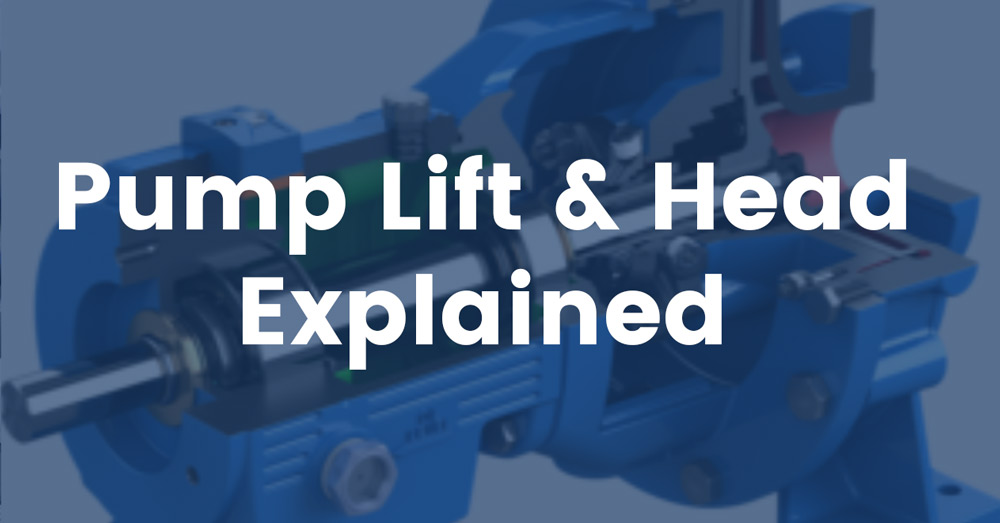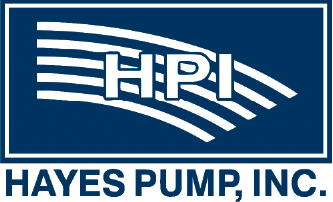
Hayes Pump


What Dual Voltage Ratings Mean for Pumps
Choosing a pump can be confusing if you are unaware of the different pump specifications and categorizations, specifically when it comes to ratings for different voltages (also known as dual voltage pumps).


Liquid Pump Lift & Head Explained
There are a number of factors to consider before selecting the best type of pump for an application. Among these are the lift and head capabilities for the desired pump. Lift and head are both used to calculate or rate the movement of liquids vertically as opposed to the flow, that is, the quantity of liquid that a pump can move in a given amount of time. The volume of fluid moved over a given period of time, its maximum flow rate, is measured in gallons per minute, or simply, GPM. That number is not static, however. It is affected by the height that the fluid needs to be pumped. That, in turn, is determined by a pump’s head and lift.

The Basics of Centrifugal Pump Curves
Look to any industry, private or public, that relies on the transfer of fluids, and it’s more than likely that those fluids will be delivered by a centrifugal pump. They are the backbone of any water distribution or wastewater collection and management system, as well as applications as diverse as flood and fire protection, drainage, irrigation, boiler feeds, and much more. Knowing the correct size pump for an application requires knowing the answer to one fundamental question: what is a pump curve?



